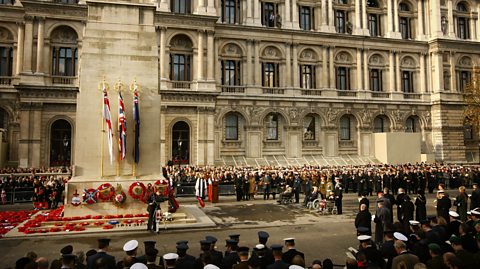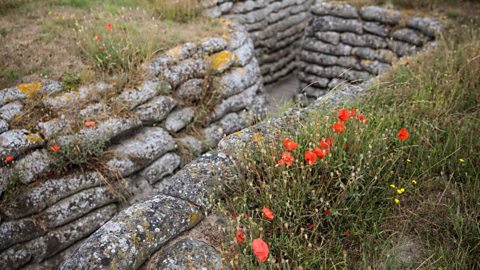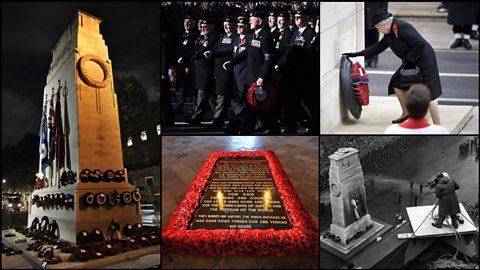Remembrance Day тАУ also known as Armistice Day тАУ takes place every year, to remember all people who have died in wars.
Ceremonies take place on 11 November, the day that World War One ended, with the country falling silent at 11am for a period of reflection.
Remembrance Sunday also takes place on the second Sunday of November each year, with another opportunity to pay tribute to those who lost their lives.
When was the first Remembrance Day?
While WW1 officially ended with the Treaty of Versailles in June 1919, hostilities between the Allies and Germany came to a conclusion with the signing of the armistice the previous year.
This truce was agreed on the 11th hour, of the 11th day, of the 11th month in 1918.
One year later, King George V held a banquet at Buckingham Palace on 10 November, before the first Armistice Day was marked the following day to remember the fallen soldiers.
Why do we have two-minutes of silence on Remembrance Day?

The tradition of silence began on the first Armistice Day in 1919. An Australian journalist wrote a piece for a newspaper calling for a respectful silence to remember those who had died. King George V was made aware of this and issued a proclamation calling for a period of silence.
What is Remembrance Sunday?
During World War Two, Armistice Day was moved to the Sunday before 11 November so as to minimise any logistical disruption during wartime. In the aftermath of WW2, plans were made to mark the fallen and ensure they were also remembered, with concerns they might be forgotten if ceremonies were only held on 11 November, a date so heavily associated with WW1. The Archbishop of Westminster proposed naming the second Sunday in November as Remembrance Sunday while Armistice Day became known as Remembrance Day.
A national service of remembrance is held at the Cenotaph war memorial in London each year on Remembrance Sunday. The two minutes of silence has taken place on both remembrance days since 1995.
Why do we wear poppies?
Poppies were chosen as a symbol of remembrance as many of the battlefields in WW1 had poppies growing in them. Canadian doctor, Lieutenant Colonel John McCrae wrote a now famous poem about them called тАШIn Flanders FieldsтАЩ.

The Royal British Legion first started selling poppies in 1921, raising more than ┬г106,000 to help WW1 veterans with housing and jobs.
What do the different colour poppies mean тАУ and why do some people choose not to wear one?
While the red poppy, the symbol of remembrance, is most common, people can choose to wear alternative poppies.
Black poppies represent the contribution of black, African and Caribbean communities to the war effort, while purple poppies are worn to remember animals killed in service.
White poppies are worn by people who want to commemorate those who lost their lives тАУ but also symbolise a commitment to peace. They are also chosen by some people who feel the red poppy glorifies war. The Royal British Legion say it is not a symbol in support of war or death.
Some people also choose not to wear a poppy at all because they feel the symbol has become politicised or they feel pressured to wear one. The Royal British Legion say wearing a poppy should be a personal choice for individuals.

The Cenotaph, The Unknown Warrior, the Royal British Legion and more

Three WW1 memorial sites with incredible stories
All of these sites were built to commemorate those lost in WW1.

Quiz: Remembrance Day in numbers
How much do you know about WW1 and Remembrance day?
